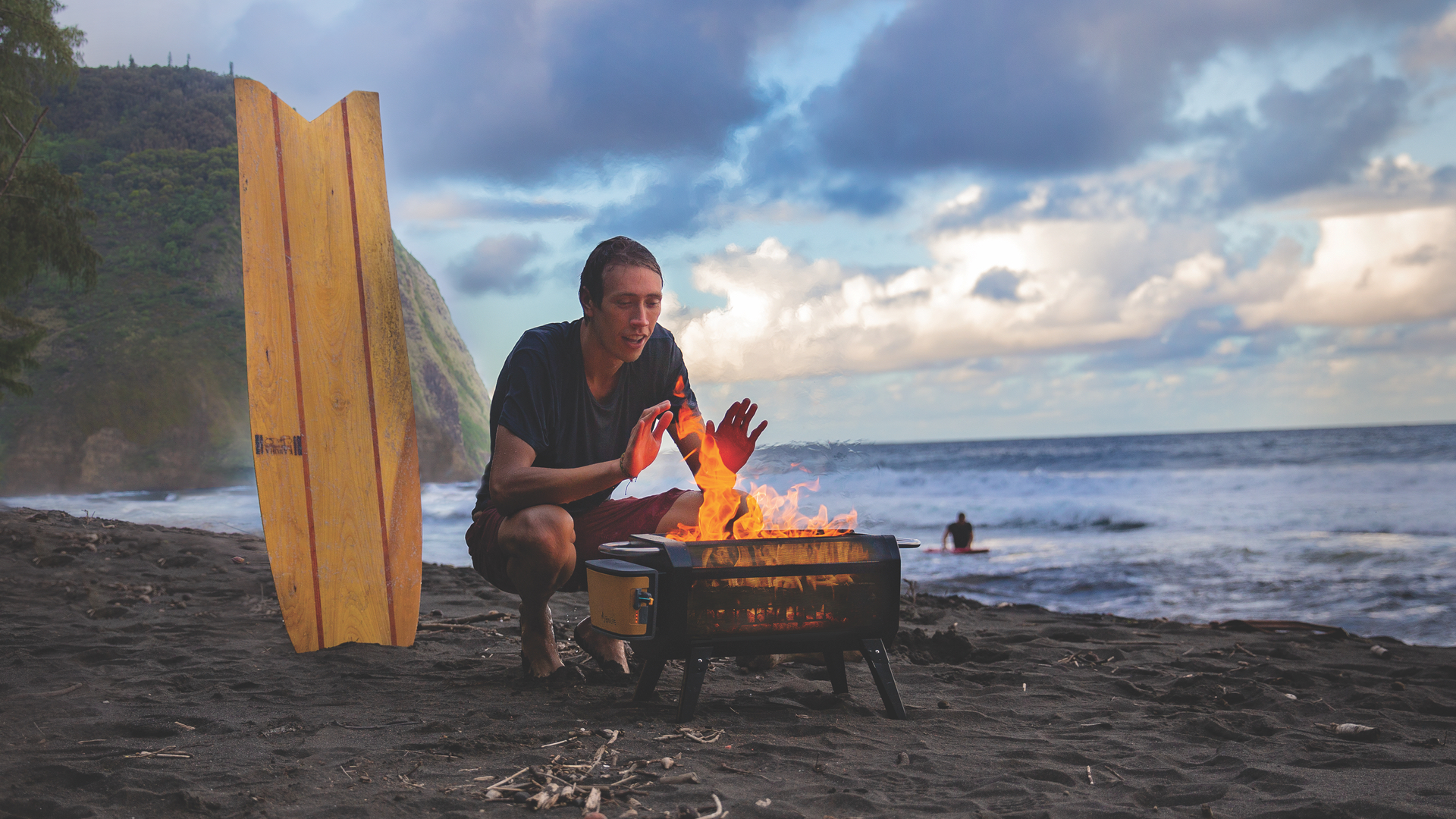

If you're in a region where it's a bit nippy outside at this time of year, it’s time to start thinking about ways to keep warm while you consider enjoying an al fresco chinwag with old friends. You could invest in one of the best patio heaters which heats mostly from above or you could go the old fashioned route and sit around a flaming log fire.
However, instead of having an unruly camp-style open fire on the ground which will leave serious scorch marks, you’d be much better off with one of the best fire pits which contains the fuel for safe outdoor heating, albeit with a bit of smoke for extra ambience.
The BioLite FirePit+ are Outwell Cazal Fire Pit M are leagues apart in terms of features but they both make an excellent fist of keeping the tootsies and torso warm when the sun goes down and summer’s evening chill sets in.
BioLite FirePit+ vs Outwell Cazal Fire Pit M: design and features
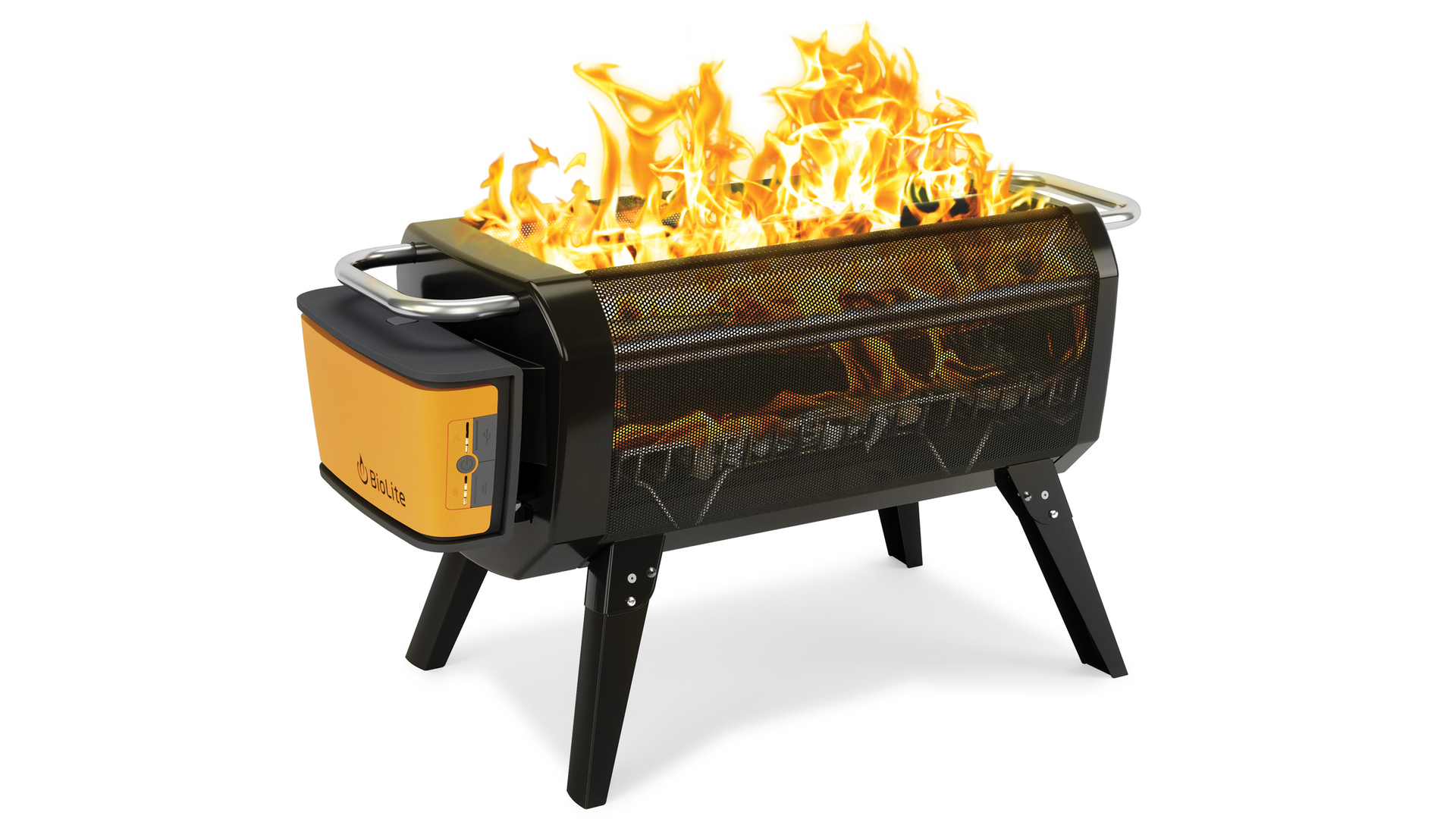
The BioLite FirePit+ is one of the most effective models on the market and it produces very little smoke too.
BioLite specialises in outdoor tech like stoves, LED lighting for camping and orienteering, portable solar panels and USB battery banks. The BioLite FirePit+ isn’t just a fire pit because it also comes with a grill top and that means it will cook food as well as keep you warm. But that’s just the half of it because this firepit has more onboard tech than an Apollo module. Yes, technology has even reached the humble log fire.
Unlike your average common or garden firepit which comprises a bowl for some kindling or logs and, er, nothing else, the BioLite is equipped with a battery-powered fan that arouses the flames and keeps the fire burning while producing as little smoke as possible.
Another cool feature is that the mesh sides allow the heat to radiate more effectively at ground level so you don’t have to sit too close. Seeing the flames from both sides is also aesthetically pleasing in a big way. And if you pair the BioLite with its accompanying Bluetooth app (iOS and Android), you can adjust the speed of the fan – and therefore the heat – without even getting off your arse.
Although this firepit is ostensibly designed for camping and outdoor adventure, it can just as easily be used on a patio or garden. Mind, at 19.8lbs (9kgs), it’s not necessarily the kind of thing you’d go backpacking with even though its four legs fold for transport. The BioLite+ is 68.5cm in length, 33cm wide and 40cm tall so its firebox is big enough to create a fair old fire.
Sign up to the T3 newsletter for smarter living straight to your inbox
Get all the latest news, reviews, deals and buying guides on gorgeous tech, home and active products from the T3 experts
By stark contrast, the Outwell Cazal is as bog-standard as it gets, but then it is almost six times cheaper than the BioLite+. This model measures 44.5 x 38cm and weighs just three kilos so it’s actually more portable than the BioLite+. Its legs fold, too, which is a plus for anyone wishing to take it camping. And, like the BioLite+, this one also comes with a grill grate for making campfire sausages while you enjoy its ambience and warmth.
The Cazal is constructed from steel and chrome-plated iron so it should last quite a few seasons if left in the open. This model is a more authentic and better looking fire pit for home use and I love the domed mesh top which keeps stray sparks from igniting one’s nylon trackies. Yes, you will get much more smoke with this model but that’s par for the course with the majority of fire pits.
BioLite FirePit+ vs Outwell Cazal Fire Pit M: performance
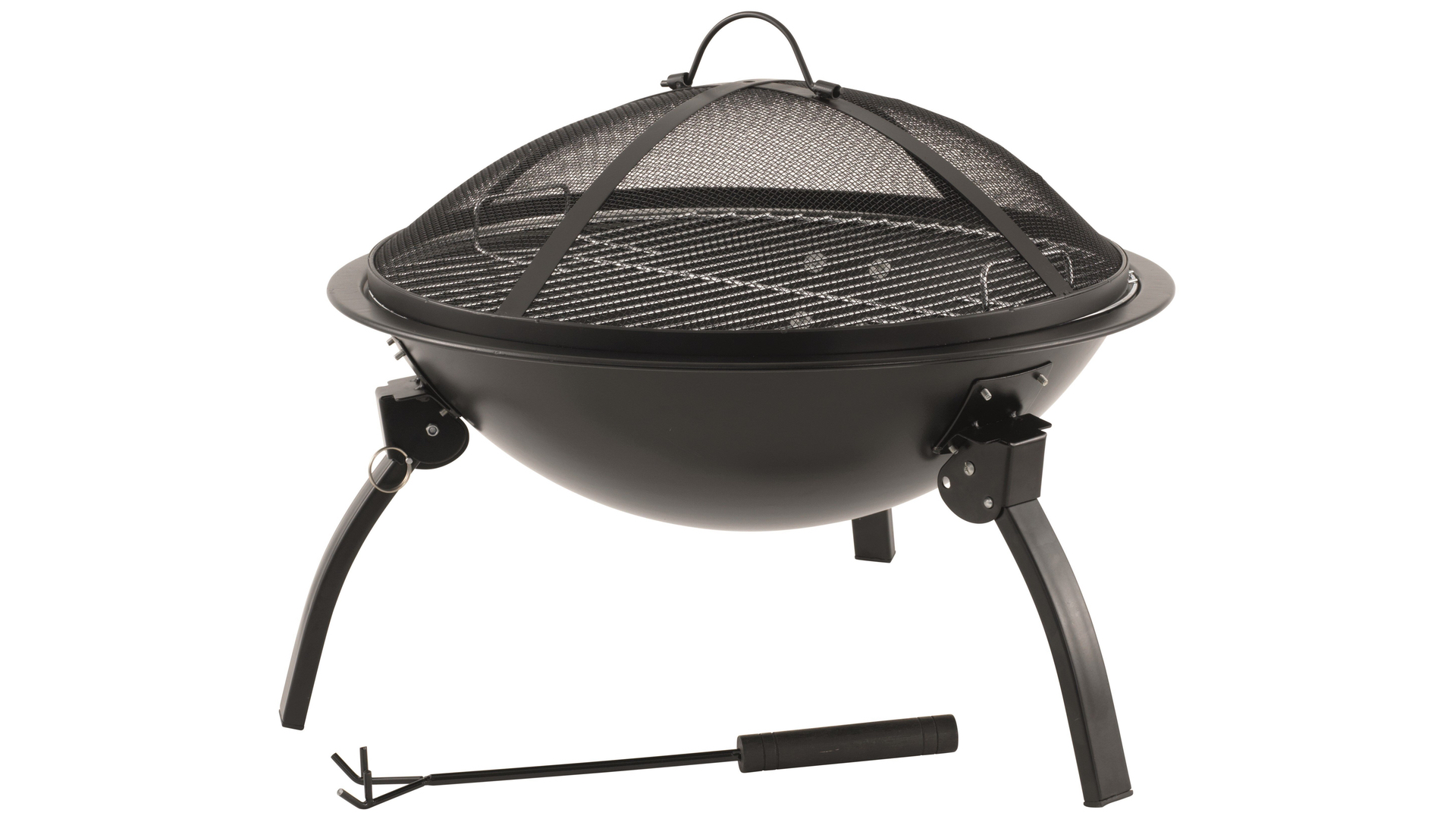
The budget-priced Outwell Cazal Fire Pit M is a commendable performer
The BioLite+ has a row of holes along the inside panel through which a mighty draft from the fan doth blow. This means that the moment you light it, the fire roars to life and continues blazing for as long as the BioLite’s 12,800 mAh battery holds out – up to 30 hours on the Low setting, 14 hours on Medium and seven hours on High. The more logs you put on – short six inch logs and branches are best – the hotter it gets. And because the sides are made of mesh, the heat hits your legs and feet and doesn’t just disappear upwards into the ether like most firepits. It looks amazing too when in full flame.
One of the biggest bonuses of having a fan mounted to a firepit is that smoke is kept to a bare minimum and that is a very good thing because firepits inherently give off lots of smoke and, depending on the amount of wind and its direction, that smoke will inevitably blow in your face and all over your clothes, which you won’t be able to wear the next day because you’ll smell like a campfire. The downside to having a fan on a firepit is that the logs burn through very quickly so you’ll need plenty of stock to hand.
The Outwell Cazal Fire Pit M is a much more standard affair but it does a very good job of keeping you warm even if you do have to sit nearer to it. But since it sits quite low on the ground, at least your legs get a good roasting. You will, however, need to adjust the logs from time to time using the supplied grill grate lifter or a long, strong branch. This is because logs and branches tend to shift position as the ones below them burn away. The trick is to position the logs at various angles so oxygen, a fire’s best friend, can flow unhindered.
BioLite FirePit+ vs Outwell Cazal Fire Pit M: verdict
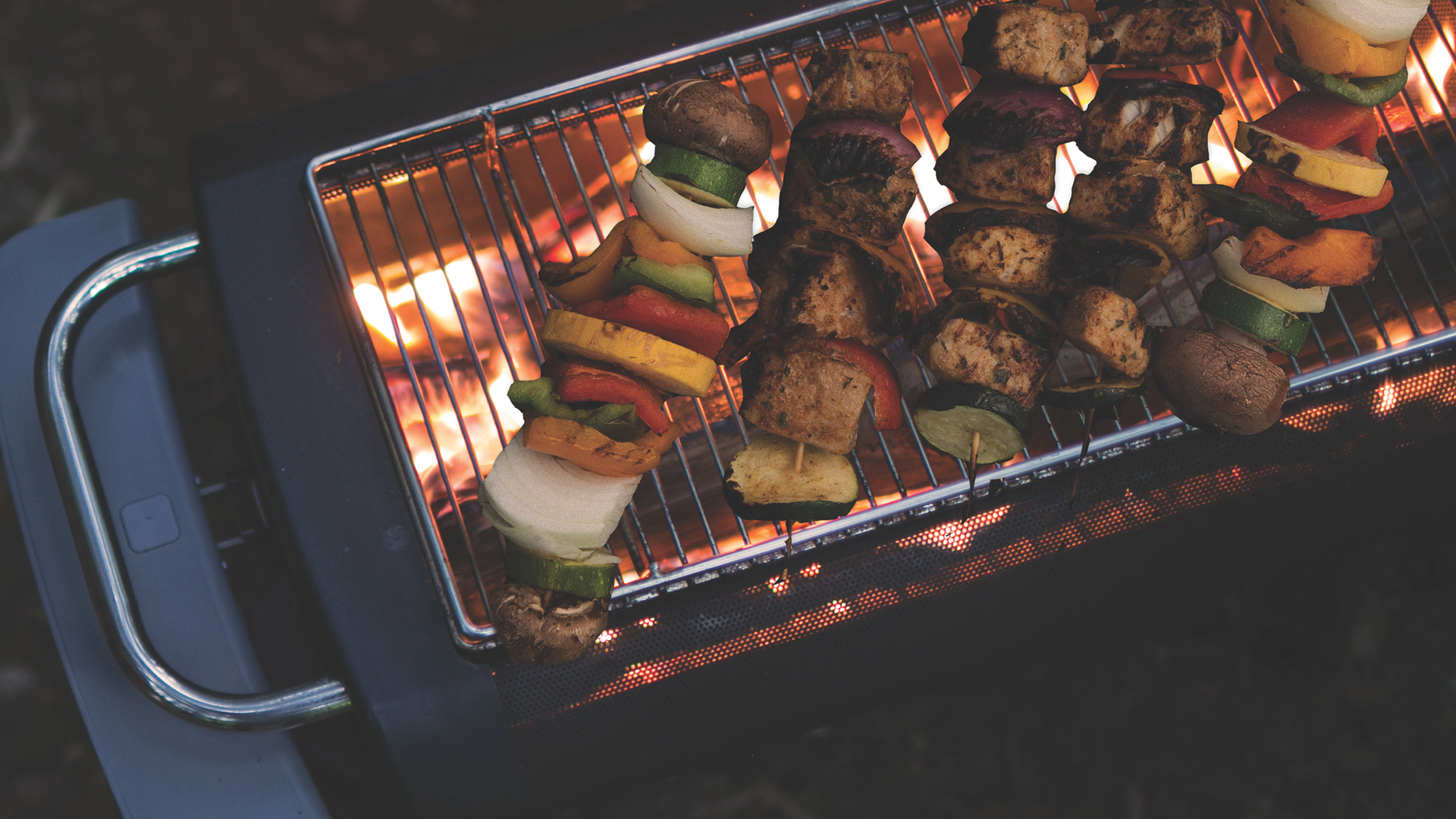
Both the BioLite and Outwell come with a handy grill for late night snacking
If you’re looking for a simple no-frills firepit that keeps you warm while protecting you from flying embers, the Outwell Cazal Fire Pit M is a no brainer. It’s cheap to buy, it doesn’t take up too much space, it kicks out some serious heat and can also grill on it. And even if it rusts away after a couple of years in the open it won’t seem like such a bad thing.
However, if you want some serious outdoor warmth that’s efficient, mostly smokeless and an interesting conversation topic while you toast the marshmallows then the BioLite FirePit+ is the model for you. Just be mindful that it costs a lot more than the Cazal, burns wood faster and it probably won’t like residing outdoors over the winter months.
- Now you're warm, enjoy food cooked on one of the best BBQs
Derek (aka Delbert, Delvis, Delphinium, Delboy etc) specialises in home and outdoor wares, from coffee machines, white appliances and vacs to drones, garden gear and BBQs. He has been writing for more years than anyone can remember, starting at the legendary Time Out magazine – the original, London version – on a typewriter! He now writes for T3 between playing drums with his bandmates in Red Box (redboxmusic).
-
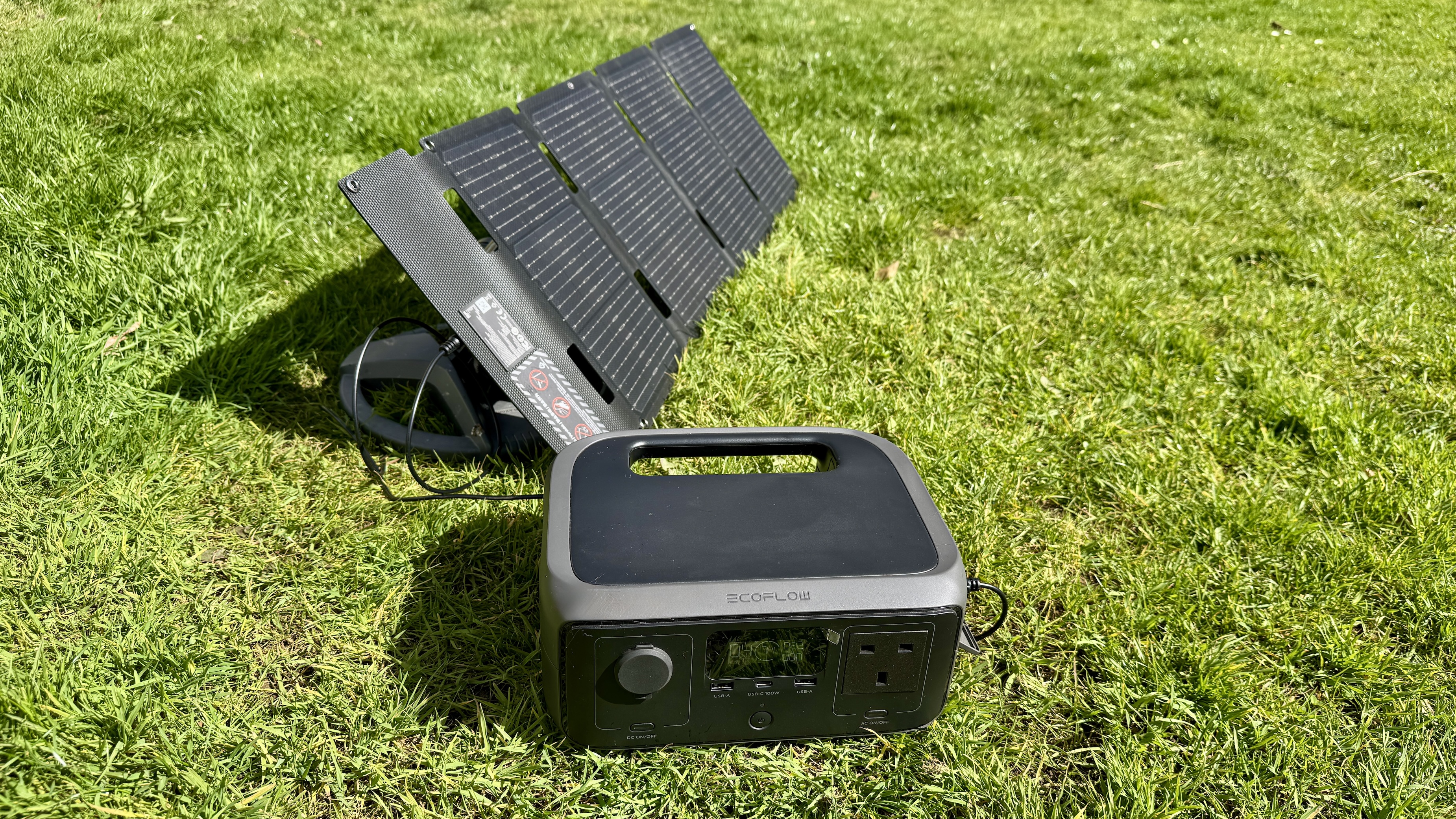 EcoFlow River 3 UPS review: Downsizing power without compromise
EcoFlow River 3 UPS review: Downsizing power without compromiseKeep the juice flowing with EcoFlow’s latest travel buddy
By Derek Adams
-
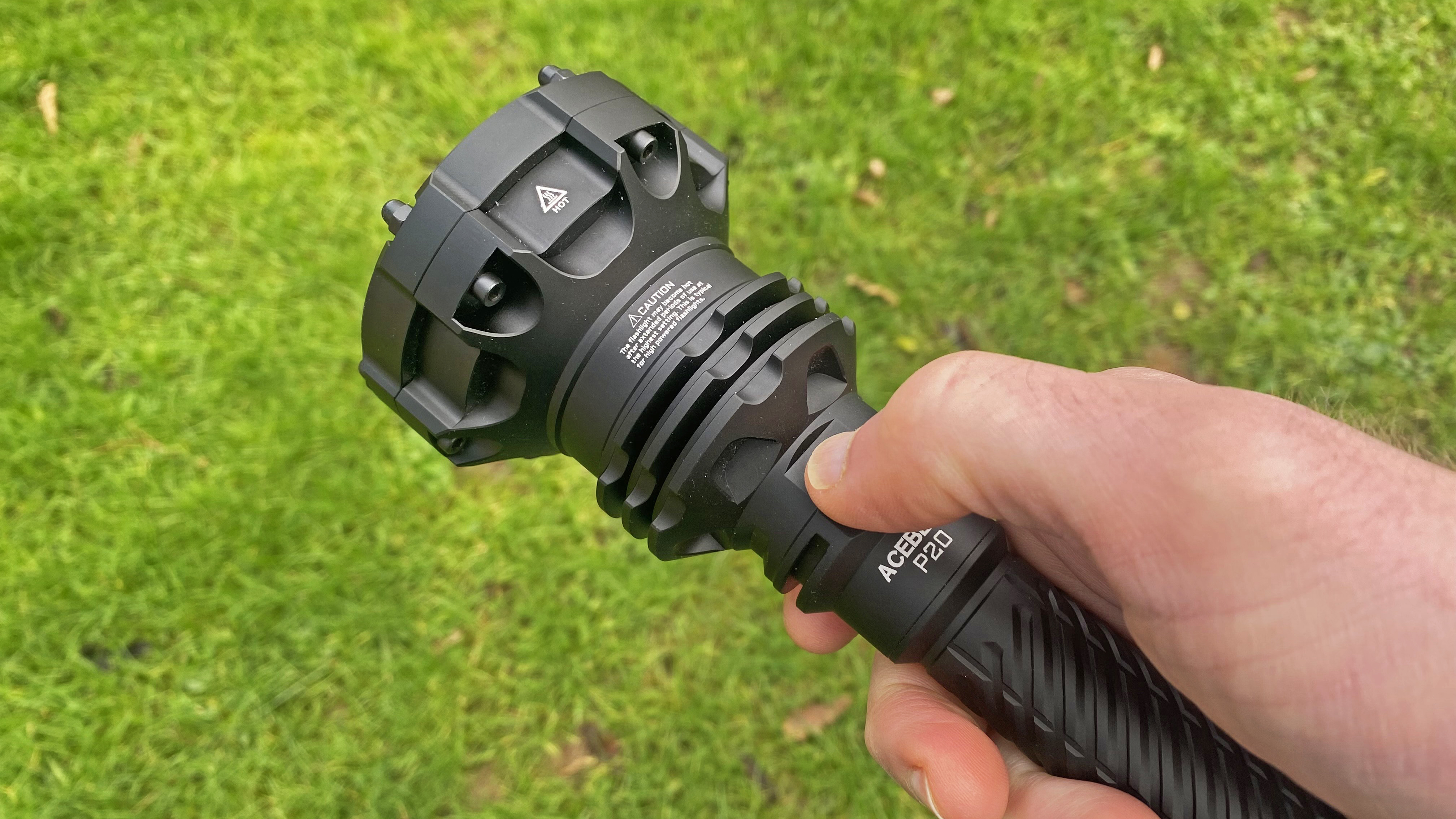 AceBeam P20 review: A skinny flashlight that packs a mighty punch
AceBeam P20 review: A skinny flashlight that packs a mighty punchFeel the force and slice the night with this light sabre, which has a range of over a kilometre
By Pat Kinsella
-
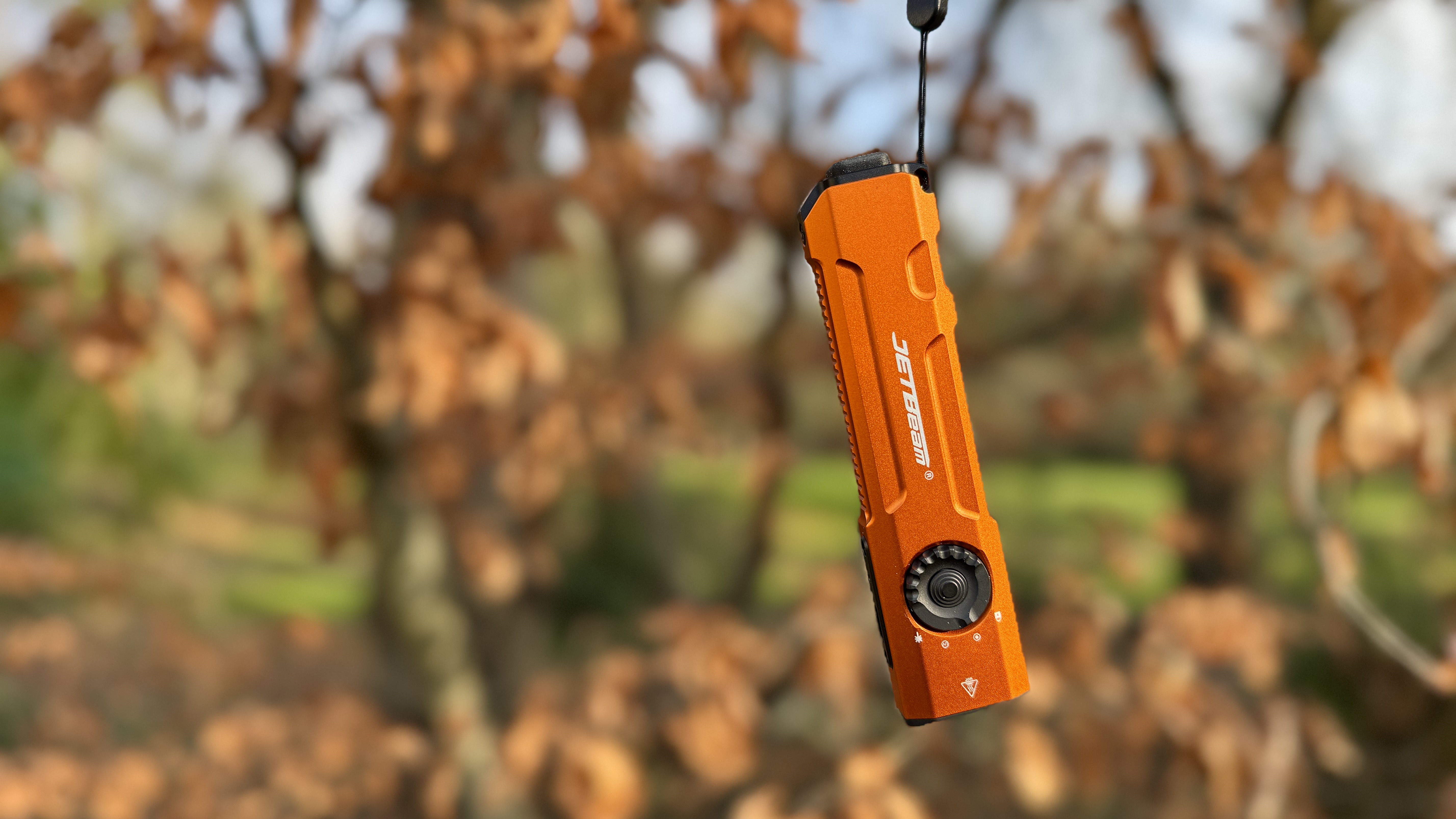 Jetbeam E26-UV Kunai pocket torch review: Let there be light. Loads of it
Jetbeam E26-UV Kunai pocket torch review: Let there be light. Loads of itBright, durable UV-enabled pocket torch for everyday excellence
By Derek Adams
-
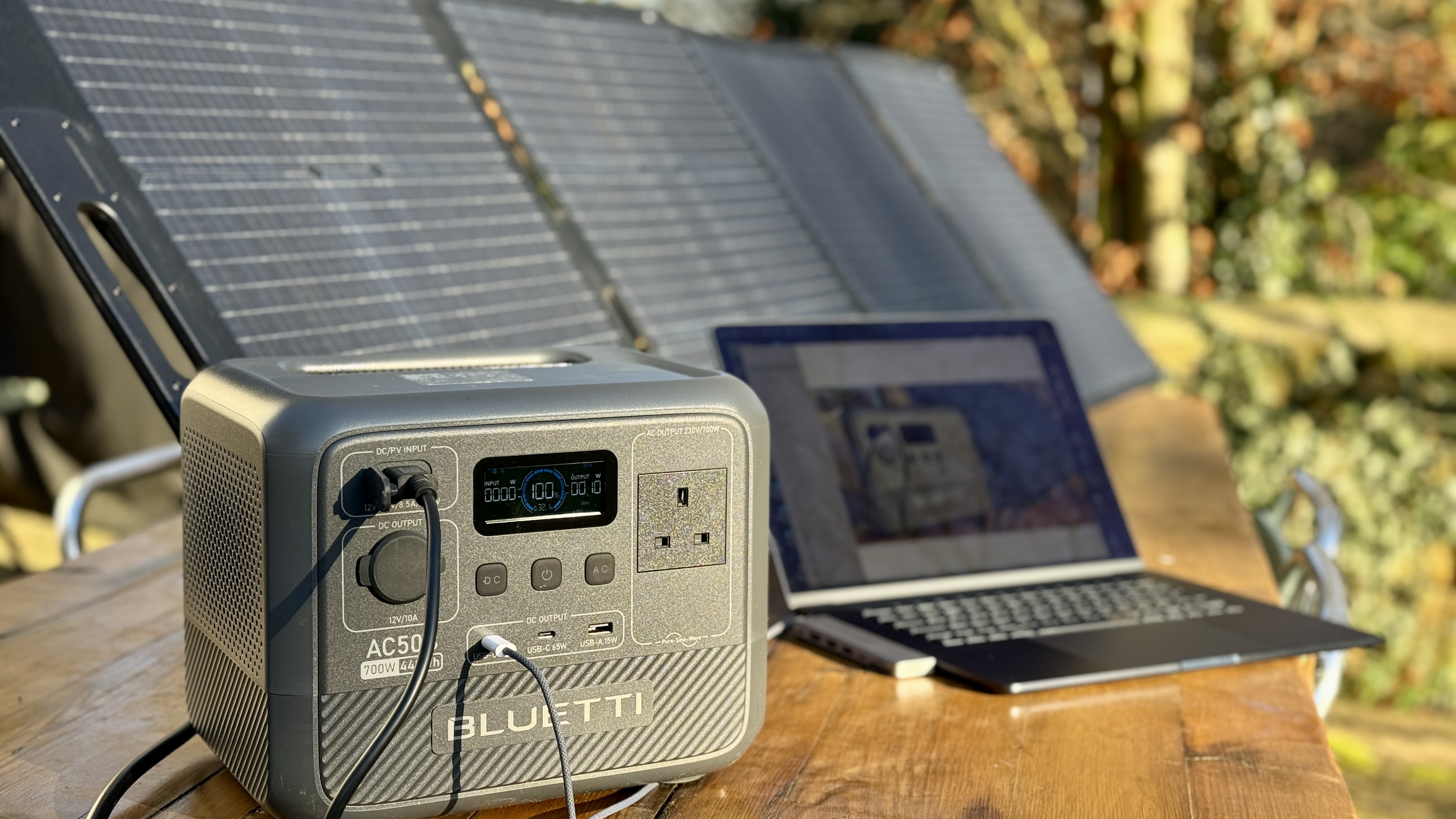 Bluetti AC50B review: a compact powerhouse for outdoor adventures and home emergency backup
Bluetti AC50B review: a compact powerhouse for outdoor adventures and home emergency backupKeenly-priced portable power for light day-to-day use
By Derek Adams
-
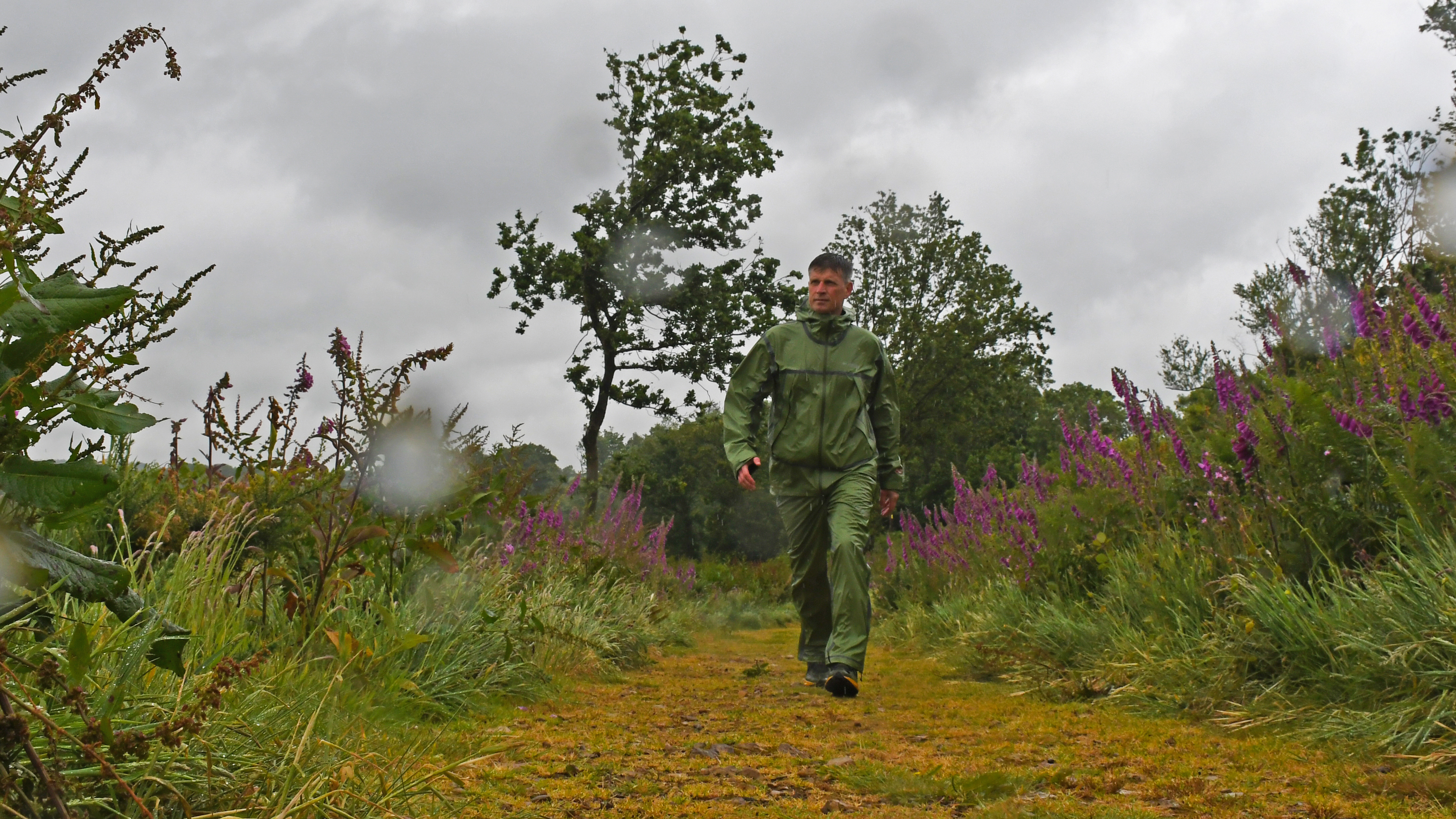 Columbia Wyldwood Waterproof Hiking Shell review: the most waterproof (and shiny) jacket I’ve ever worn
Columbia Wyldwood Waterproof Hiking Shell review: the most waterproof (and shiny) jacket I’ve ever wornIt might not have the matt finish most people expect from a jacket, but the Wyldwood really shines when it comes to protecting you from wet and windy weather
By Pat Kinsella
-
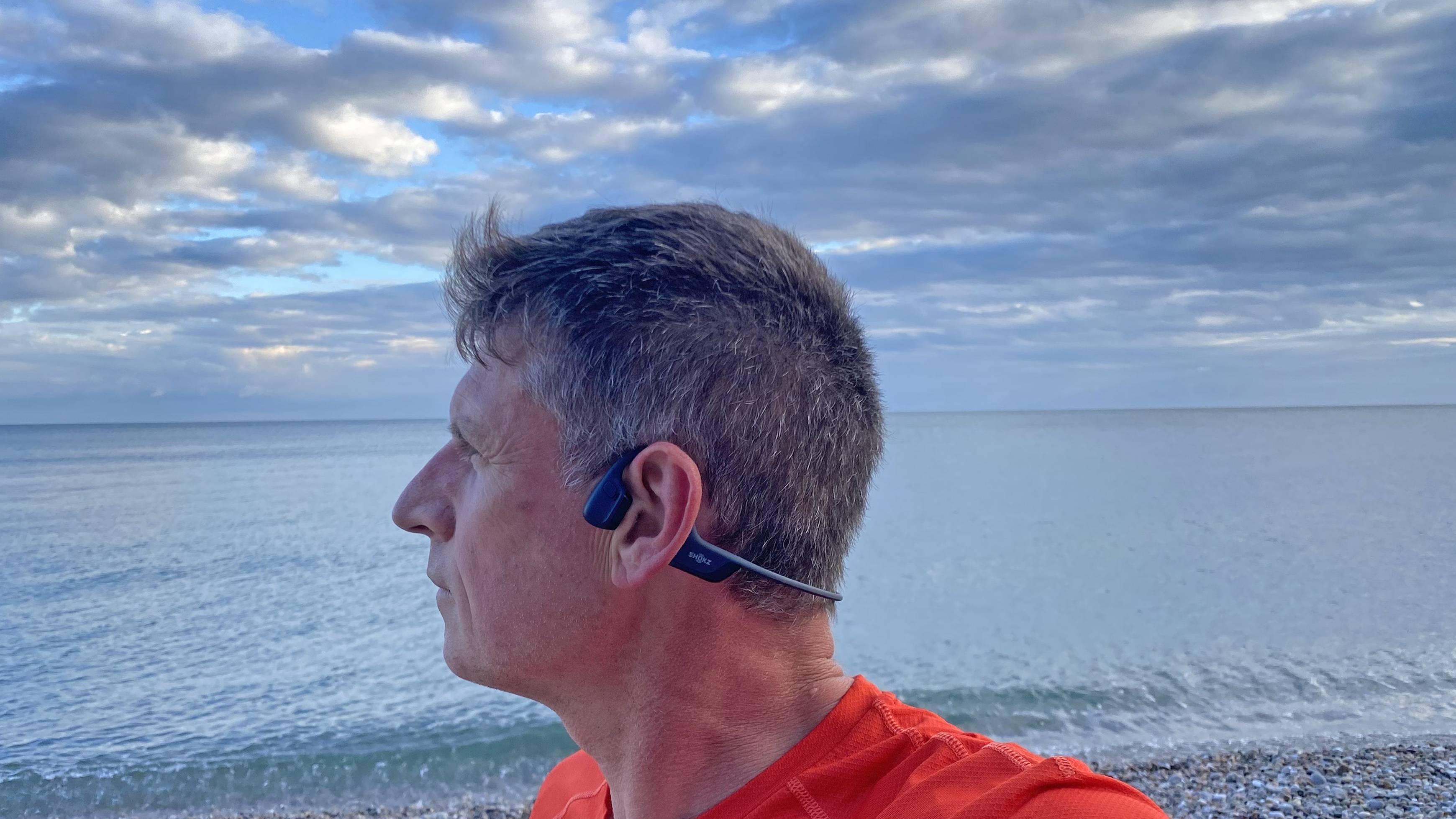 Shokz OpenRun Pro 2 review: Smart bone conduction headphones with enhanced bass
Shokz OpenRun Pro 2 review: Smart bone conduction headphones with enhanced bassShokz's headphones changed my opinion about running while listening to music, and now I struggle to go out without them
By Pat Kinsella
-
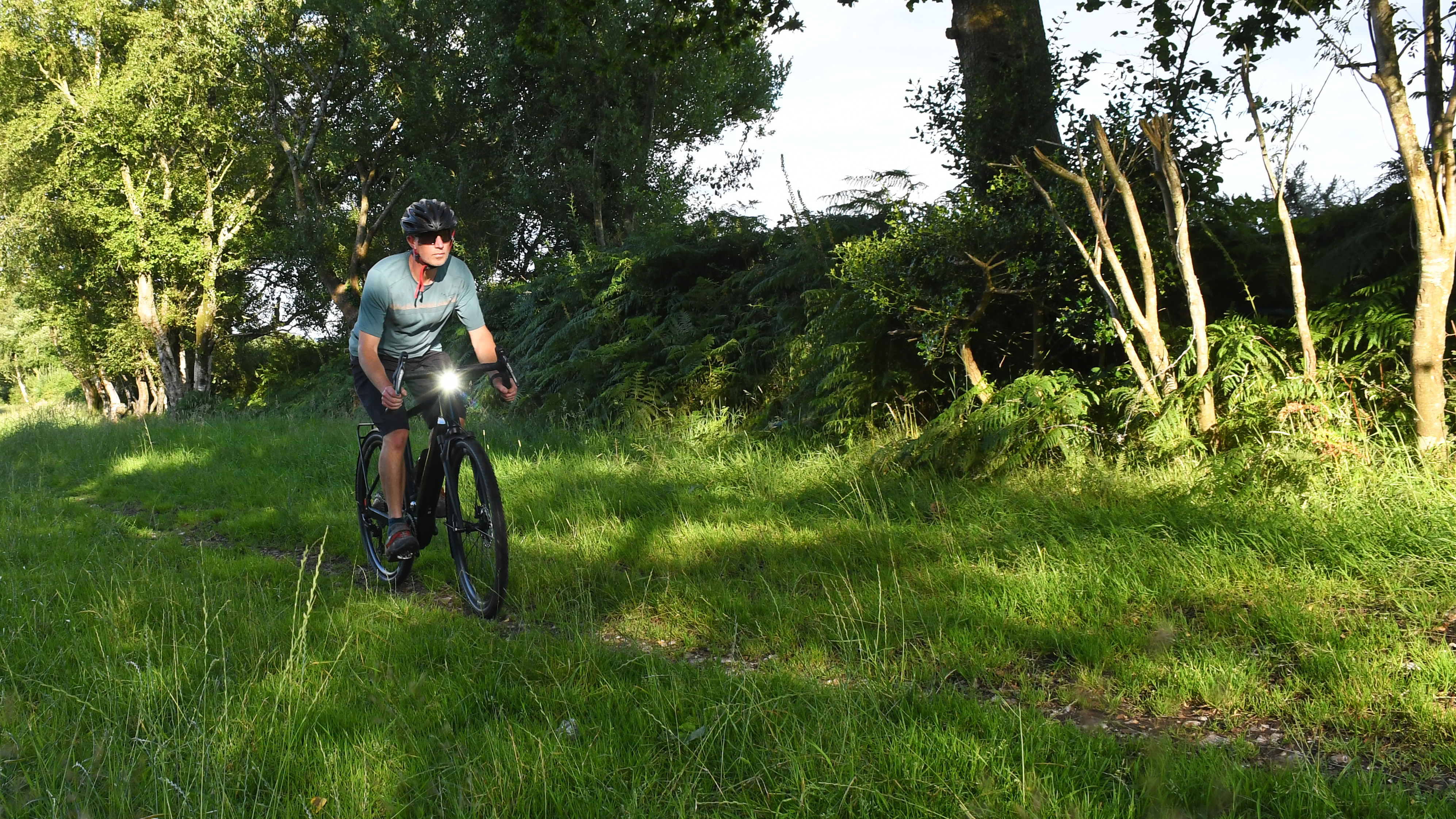 Canyon Grizl:ON CF Daily review: from gravel to groceries, this ebike can do it all
Canyon Grizl:ON CF Daily review: from gravel to groceries, this ebike can do it allOne bike for every occasion, Canyon’s Grizl:ON CF Daily is a versatile steed that just rolls with it, from getting you to and from work to exploring trails on weekends
By Pat Kinsella
-
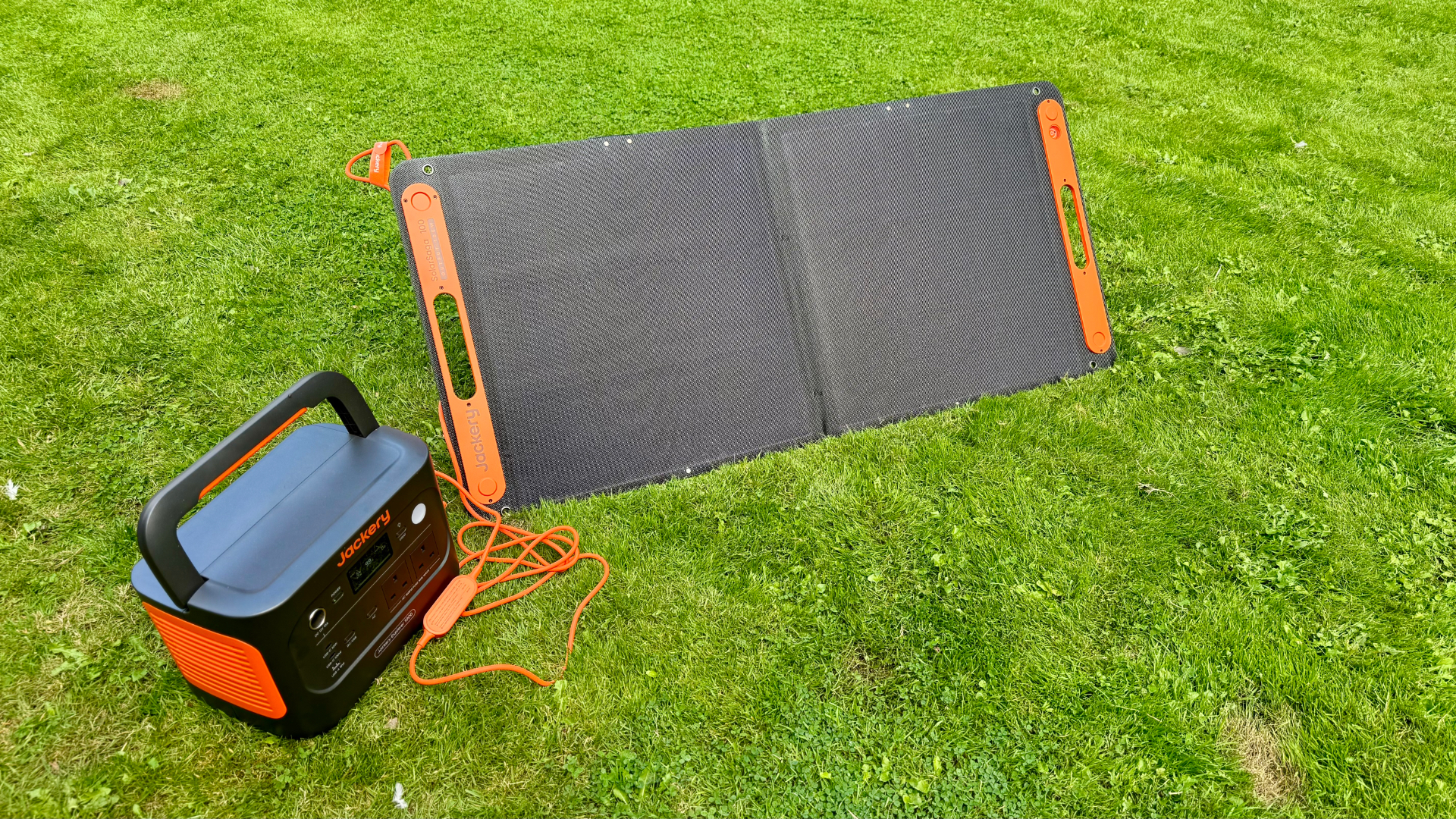 Jackery Explorer 1000 v2 review: a low-weight battery juicer for thirsty devices
Jackery Explorer 1000 v2 review: a low-weight battery juicer for thirsty devicesFuss-free electricity for the great outdoors and household emergencies
By Derek Adams

